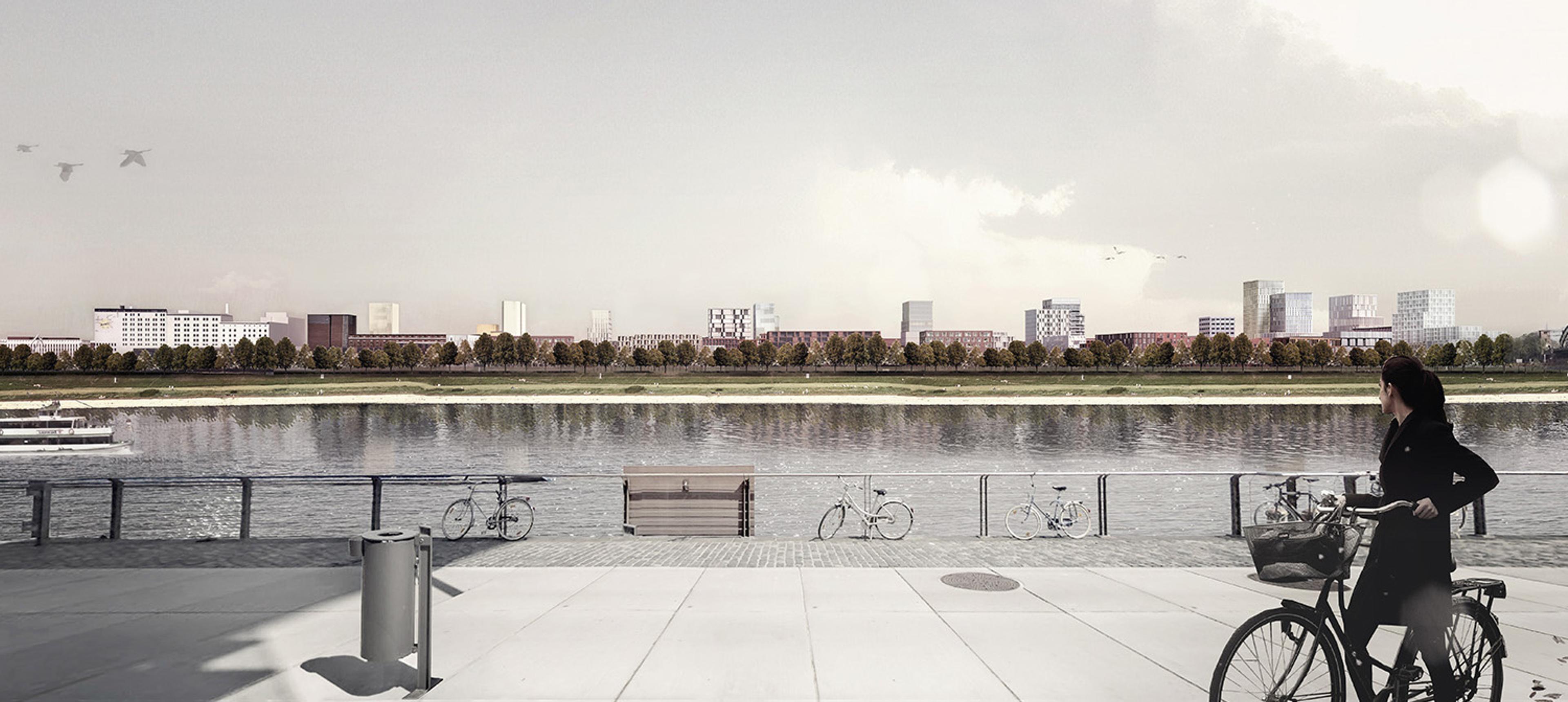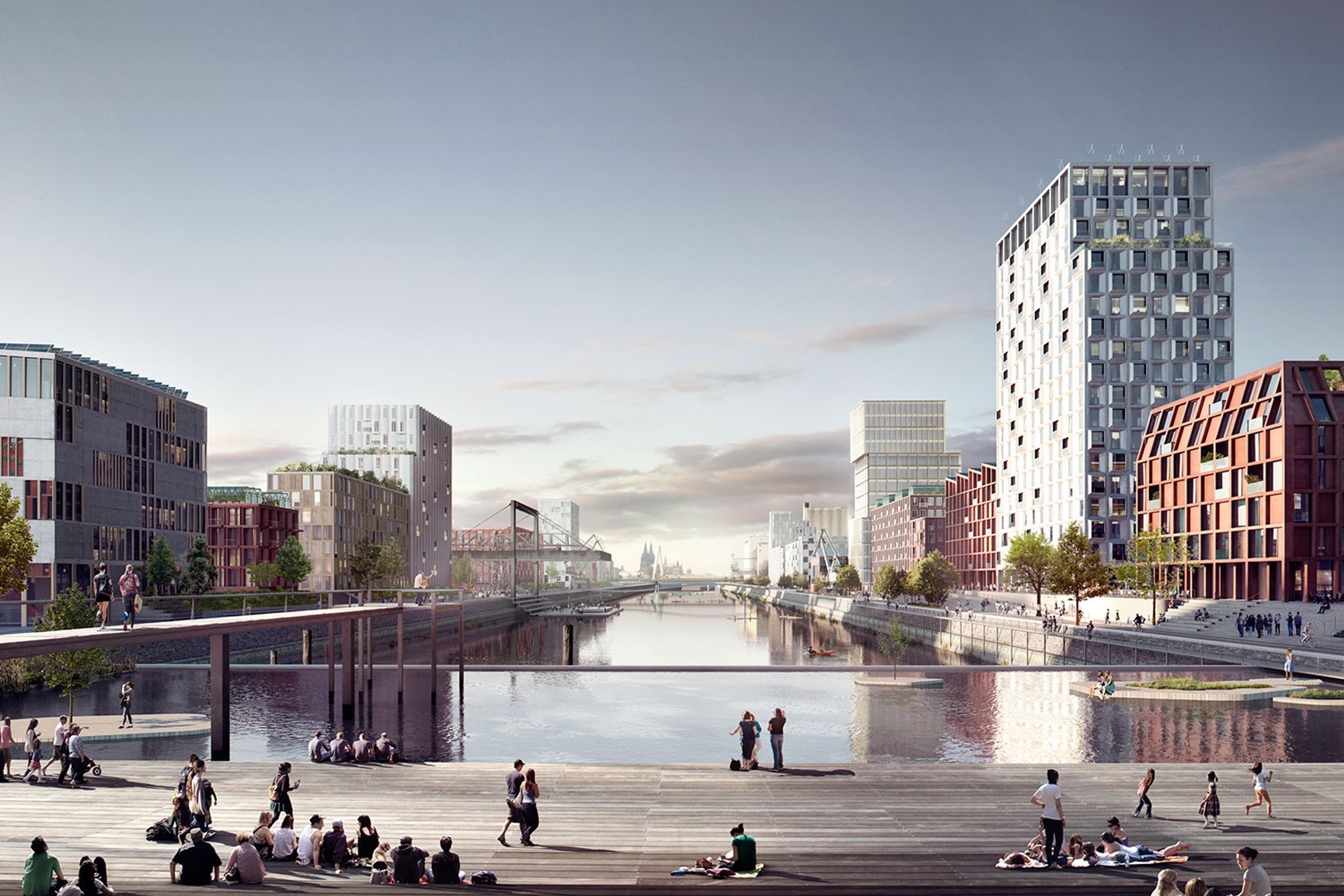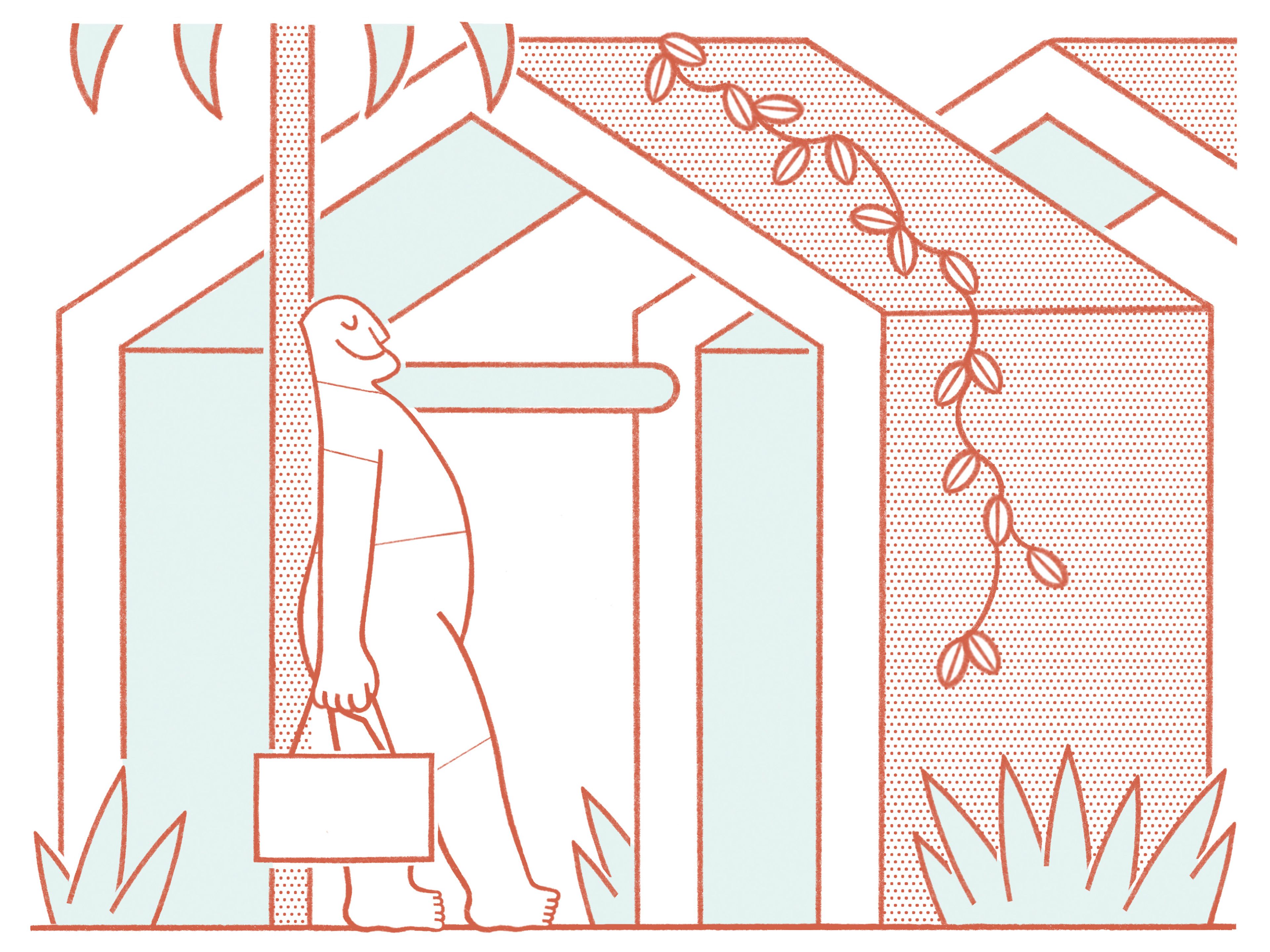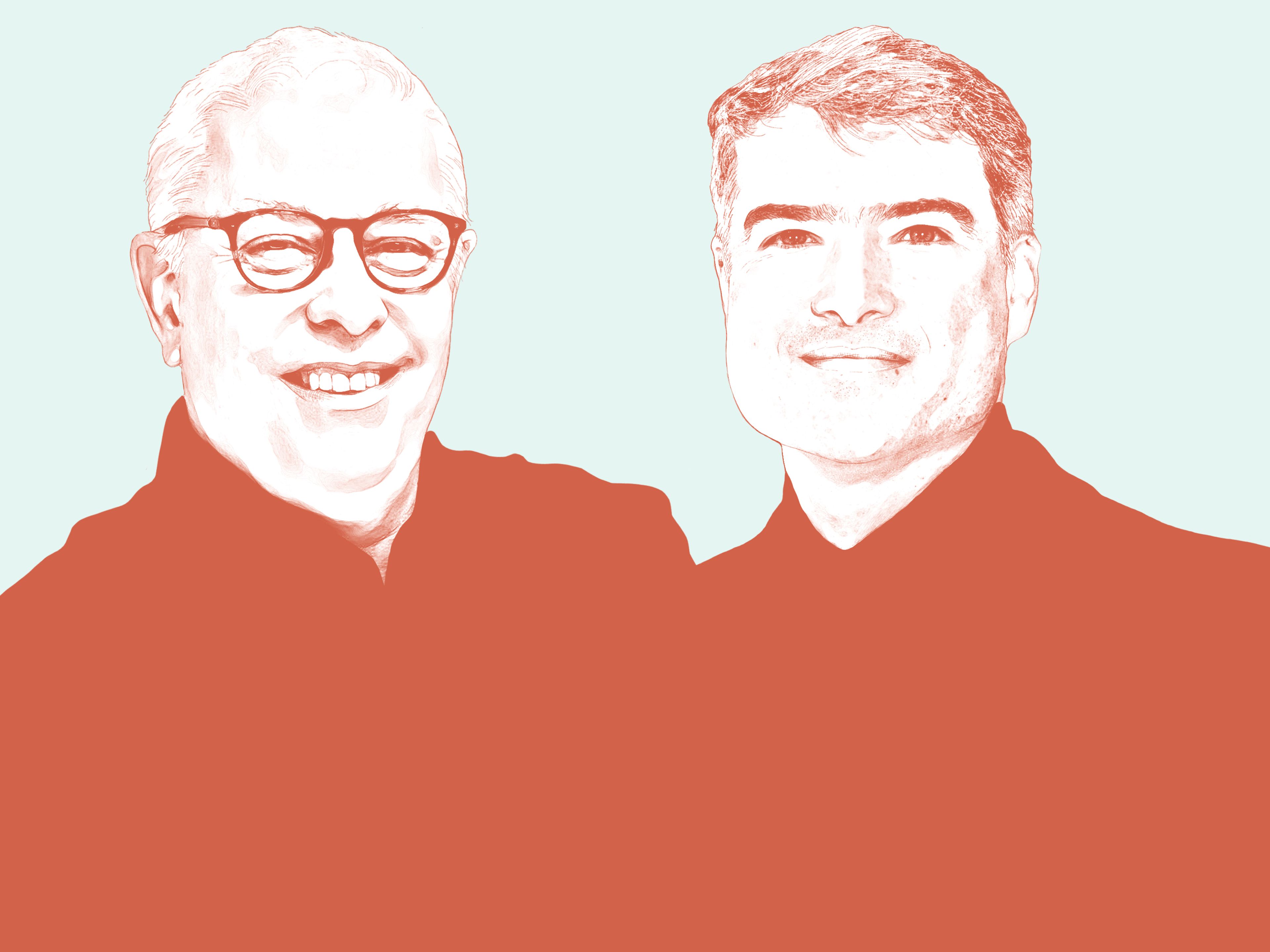Q&A with Nancy Wood, Buro Happold

Nancy Wood
Director in the London Sustainability and Building Physics team at Buro Happold
"Our placemaking approach is about creating equitable projects that go beyond delivering carbon neutrality."
Climate change is disproportionally affecting communities with the fewest resources to combat it. To help raise the voices of those who are often marginalised in the development process, Buro Happold’s multi-disciplinary team has devised a holistic placemaking approach that combines different parameters to encourage the creation of more equitable, resilient and sustainable urban communities. The aim is human-centred design that protects those most at risk.
Buro Happold works with clients to embed social value infrastructure into every project where possible, considering safety, health and wellbeing, inclusivity, affordability, heritage, culture, economy, and the environment to safeguard the prosperity of existing and future generations.
Nancy Wood, a Director in Buro Happold's London Sustainability and Building Physics team, tells us more about this bespoke, comprehensive approach.

Regeneration vision for Deutzer Hafen, a former industrial harbour in Cologne, Germany, with Buro Happold as lead sustainability consultant.
Can you talk us through Buro Happold’s complex placemaking framework for creating thriving communities?
It’s a cross-discipline service developed with our sustainability team, inclusive design team, external lighting team and security team, all of whom are equally passionate about placemaking. The incentive coincided with COVID-19, which was an interesting catalyst for rethinking the value of external spaces.
We realised that we could apply our combined skills and knowledge to a public realm context and take on a coordinating role. Our placemaking approach is about creating equitable projects that go beyond delivering carbon neutrality, both enhancing the environment and enabling local communities to flourish. This is an inclusive and people-centred method that factors in neurodiversity, gender and ethnicity, making sure that we design inclusive and equitable places for everyone. It also integrates important sustainability aspects that are not always part of public realm considerations.
In the built environment industry, there was not always consensus around how to measure whether a place is performing well or not. To assess microclimatic impacts and identify mitigating measures, we created a framework based on measurable metrics that is bespoke to each site and client. We use this to assess the current baseline and the proposed designs to understand what metrics of the scheme would perform particularly well.

Climate-neutral placemaking at Deutzer Hafen, where a bespoke sustainability handbook by Buro Happold outlines a strategy built around climate change, living quality, mobility change, energy transition and resource efficiency.
How do you work with developers and design teams to measure, track and improve performance?
We get involved at different design stages for different projects, but the earlier the better in terms of influencing the design. The metrics are measured by a tracker, using a scoring system based on best practice and stakeholder engagement feedback. The public view is really critical to understanding the variables that impact on the perception of space, how it is used and how successful it is. This is an outcome-focused approach rather than an individual discipline approach. For example, if the objective is safety, that will draw on external lighting, which will have a knock-on effect on operational carbon, which will impact on safety statistics and the measures to improve that.
From the tracker, we can break down the individual components of the proposed design – for example, environmental impact. For our George Square project in Glasgow, the paving that was originally specified came from Italy and had high embodied carbon. It has now been replaced with Scottish paving, alongside retention of some of the existing paving in the square, which has reduced the embodied carbon. Being able to influence options early on can prove very valuable.
How does this approach tie into established standards around net zero carbon, biodiversity net gain, WELL and others?
We use some of the best practice KPIs from these standards, depending on what is relevant, and feed it into the tracker that we have developed. Each time we apply the framework on a project, it evolves, and we respond to changes in the latest regulations, such as biodiversity net gain.
Buro Happold emphasises the importance of embedding social value infrastructure into communities. What does that entail?
We have developed what is referred to as the ‘Flourishing Index’, which focuses on a whole host of data relating to socioeconomics, health statistics et cetera to identify design applications or measures that can help a community flourish. We stay involved five to ten years post-completion to collect data and ensure that the measures are implemented. In terms of social value infrastructure, this can be greenery, improved air quality, replacing roads with cycle tracks and walkways. We also work with residents to change behaviours to support more sustainable lifestyles.

Emphasis on greenery and other social value infrastructure that helps communities flourish.

What future tools and approaches could help places perform even better?
This comes back to climate resilience and ensuring that places are designed to protect vulnerable and at-risk groups. There will be more emphasis on flood risk, designing for future weather projections and building in sufficient mitigating strategies, such as greenery that absorbs water instead of it just running off.
Embodied carbon will be significant. Net zero carbon often focuses on buildings, but what about the embodied carbon of the public realm, which can be a major contributor? In London, developers need to demonstrate why they cannot retain a building, and there should be a similar push towards reusing landscape components like paving instead of ripping it out and replacing it.
There is a big drive towards 15-minute communities, which can deliver many co-benefits related to air pollution and health if people are walking and cycling more, with less emphasis on public transport and cars.
My final point relates to investors. Those with an ESG agenda will be concerned about the sustainability of whole places, not just the buildings that surround them.
Tags
Authors
Nancy Wood has significant experience with specialisms fundamental to placemaking, including social value, inclusion and green infrastructure. She leads Buro Happold’s Sustainable and Equitable Placemaking offer, drawing on her expertise of emerging frameworks as well as her passion for sustainable solutions that that consider the climate emergency in conjunction with strategies for improving health and wellbeing.

